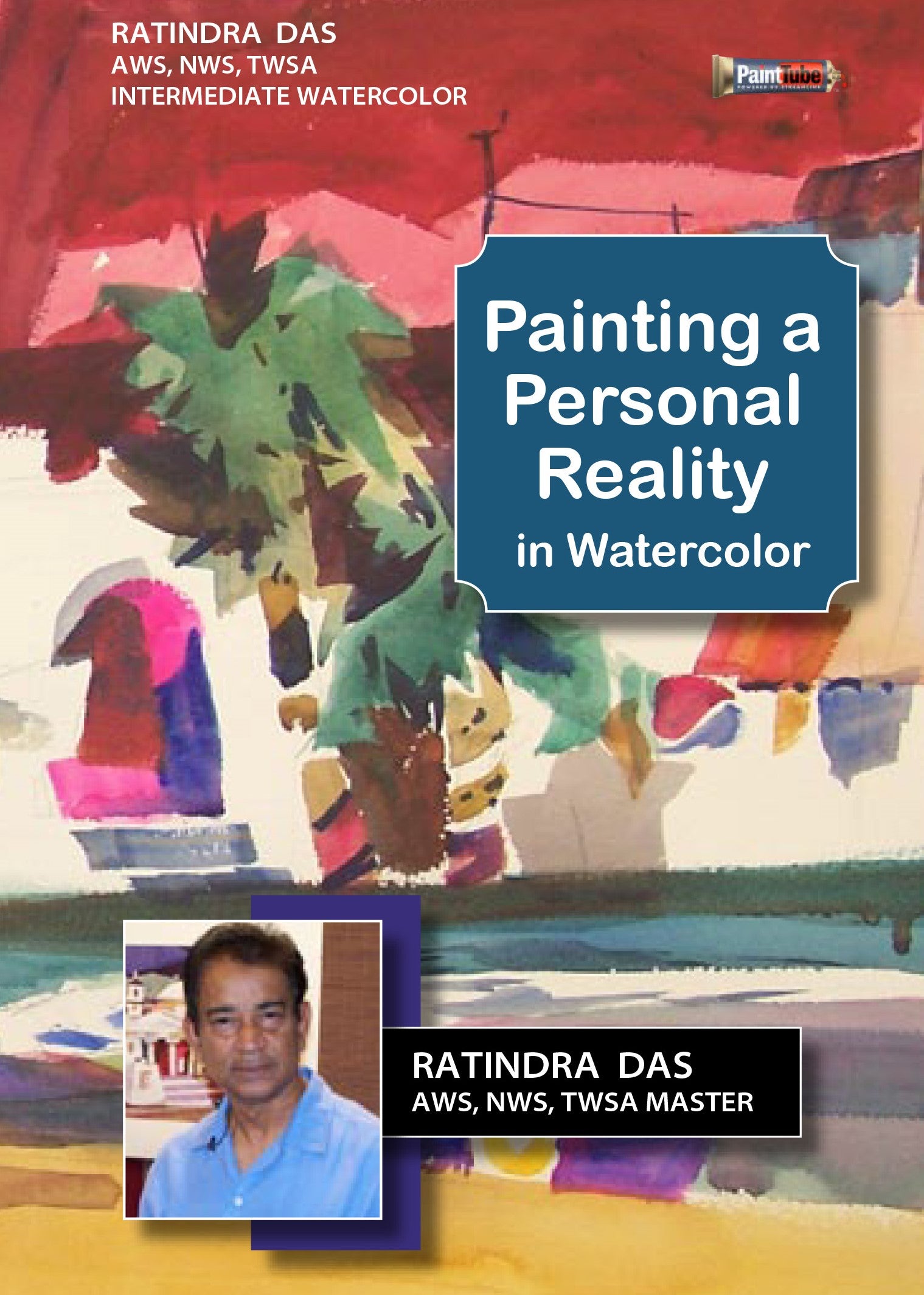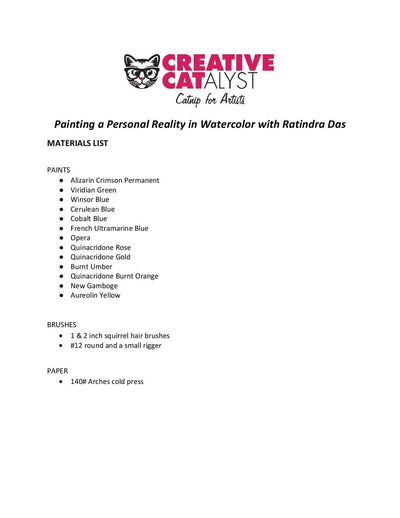Ratindra Das AWS, NWS TWSA has one overriding rule: Don't make a boring painting.
By permitting himself to adhere to his own aesthetic, Das gives us a wonderful example of how to shake off old habits and listen to our muse. He begins with a value/shape drawing already much changed from his reference photo, then proceeds to design the painting as a whole. His strong design sense and willingness to question common expectations permit new freedom and individuality in watercolor. Das uses unconventional flat shapes, manipulates the visual path and mixes vibrant colors directly on the watercolor paper to recreate his visceral experience of a bustling harbor scene. The result is fresh, vibrant, energetic, unique and certainly not boring!
In this watercolor workshop, Das gives you permission to shake off old habits and listen to your own muse. He distills a cluttered street scene to his visceral experience of the place, fusing bold shapes and fresh color into an exotic, engaging landscape.
With unpredictable mixing on the paper and constant movement across the composition, he makes the process as entertaining as the final result. You'll take full advantage of artistic license as you select elements for a value sketch, wash over a radiant sky and find pockets of brilliant color to dot your landscape.
Ratindra also imparts his strong design sense, searching for consistency in his edges and easy passage through his light shapes. To find the fun and beauty in your reference photos, join Ratindra Das in Painting a Personal Reality in Watercolor.
Bonus Clip: Value Collage
In this bonus clip from his video workshop, Painting a Personal Reality in Watercolor, Ratindra Das teaches a novel technique for plotting values with a quick collage. Ratindra works on a middle-value board and uses scraps of paper to plan a basic composition for a painting. The collage allows him to make adjustments quickly by rearranging the loose shapes.



















